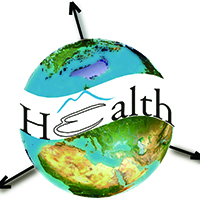Transport geography: Implications for public health

HTML: 21
All claims expressed in this article are solely those of the authors and do not necessarily represent those of their affiliated organizations, or those of the publisher, the editors and the reviewers. Any product that may be evaluated in this article or claim that may be made by its manufacturer is not guaranteed or endorsed by the publisher.
Authors
The obstruction of traffic between France and UK due to efforts to rein in coronavirus 2019 (COVID-19), together with the recent, week-long blockade of the Suez Canal, underline how interconnected and thus vulnerable the world has become. What this has to do with public health may not be immediately evident. However, as illustrated by two papers published in this issue of Geospatial Health dealing with the ongoing waves of COVID-19 spread (Mahmud et al., 2021; Tiwari and Aljoufie, 2021), transport geography - with its focus on geographical dimensions of travel, transport and mobility - does indeed have a direct impact on health and epidemiology...
How to Cite
PAGEPress has chosen to apply the Creative Commons Attribution NonCommercial 4.0 International License (CC BY-NC 4.0) to all manuscripts to be published.

 https://doi.org/10.4081/gh.2021.1009
https://doi.org/10.4081/gh.2021.1009




